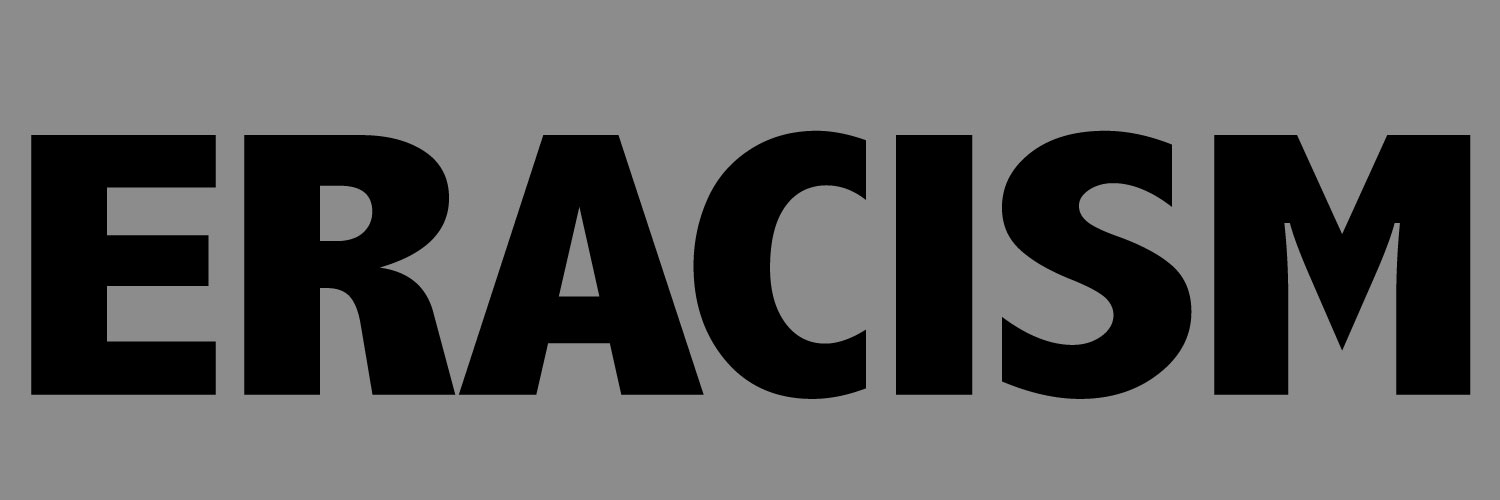
Racism, like any extremist view, is an idea. And you don’t “fight” an idea. You manipulate it until they see things the way you want.
Trust me, I’m in advertising.
Each year roughly 600 billion dollars is spent globally on advertising. It’s an incomprehensible amount of money. But the reason is simple–people are influenced by tactical messages. You can convince anyone of anything if you have a great plan and solid execution. Not all advertising is effective, however. In fact, most of what I see these days is a complete waste of money. But 600 billion dollars is proof that advertising still mobilizes people.
With the power to influence elections and move products around the globe, why not use advertising to help solve racism?
It wouldn’t be the first time that advertising was employed to help shift problems in society. From Iron Eyes Cody helping change how people disposed of waste, to Smokey the Bear helping prevent forest fires, advertising PSAs have shifted culture in America. Of course not everything has been effective. Take Nancy Reagan’s “Just Say No” anti-drug campaign, for example.
“Just Say No” failed for a number of reasons, but one of them was that it was so direct. Drug users like drugs. Telling them to stop had no effect. You can lock up everyone who rolls a joint, but that’s not going to stop them when they get out. And neither does an ad campaign demanding that they stop. But we can learn from the failure of this campaign when dealing with racism.
I’d venture to guess that most people who skew racist probably don’t think of themselves that way. Which means that telling them to simply “stop being racist” will fall on deaf ears. Racism is a deep-rooted, dogmatic concept passed down through generations. It’s cultural. They even have a flag.
No, telling people not to be racist in an ad campaign won’t work. Though I still believe that advertising can help solve the problem.
Solving racism would require a comprehensive, sustained approach that sneaks in on the dog’s fur and embeds itself in the home while everyone is watching television. An approach so smart that people who skew racist won’t even know what hit them.
I’m thinking that it might take a decade to start seeing results. I get it that in modern America we want everything NOW. Well, that’s just not going to happen with solving racism. I don’t care whether you rip the heart out of racism and hold it up for everyone in the country to see. Because of the nature of the problem, short-term solutions won’t work. And the sooner we accept this, the better off we’ll be.
Rather, we need to think long term. A potential strategy might look something like this:
Phase One: Discover and hire the best creative minds in advertising. No, not kids out of college that ad agencies exploit for “fresh ideas,” but real pros experienced in crawling inside of the hearts and minds of a target audience to get them to think and act differently. I personally know a dozen people off the top of my head who I would hire as part of this team. And make this team as diverse as possible. Women and men. Old and young. Gay and straight. Black, white, Latino, Asian–the only way to attack a problem that affects everyone is by including everyone. Concurrently, we would conduct deep research into the culture of racism. Not with focus groups that offer free pizza and fifty bucks for an hour of time, but the kind of research that is personal. Conduct interviews in homes and in coffee shops, create online polls, and visit places of worship. Then compile all of this data to help define a singular target person that the creative geniuses can have a sincere conversation with.
Phase Two: Create a long tail messaging campaign that starts off slowly and subtly and picks up steam over time. Again, because of the nature of the problem, we would not simply demand that people change. We’d have to first expose the population to the core problem (based on the research) in a way that keeps everyone engaged. Once the hook is set, only then do we begin reeling them in to where we can have a deeper dialogue.
Phase Three: Market saturation. Our messages would have to be everywhere. Internet, television, print, social media, radio (if it’s still relevant). Again, slowly at first, but finishing with a flourish so that no one can escape it, and every American embraces the concept.
Developing an ad campaign of this magnitude would be hard, but not impossible. And it would require a commitment of time and resources unlike any campaign in history. But when you stop and consider that America is the world’s great experiment on pluralism, we simply can’t afford not to try.
No, you can’t “fight” an idea, but you can manipulate it.
Trust me, I’m in advertising.

***

Laurie
Jun 24, 2015
Brilliant. I’m in. Let’s get started.
Don Hornsby
Jun 25, 2015
This is brilliant indeed. I’m in!
invisible man
Jun 25, 2015
Jim, while this is a noble idea, it would be great if the industry would tackle it’s own racism and prejudice hiring practices.
“African Americans are the only minority group to have seen a decrease in representation in over the last 4 years and currently represent less than 6% of our industry”
“African American Males are one the most underrepresented groups in the entire industry”
If the industry can fix the diversity issues that have been present since the 1940s, tackling racism as a whole would be a natural progression, and probably more feasible.
http://marcusgrahamproject.org/2014/06/1731/